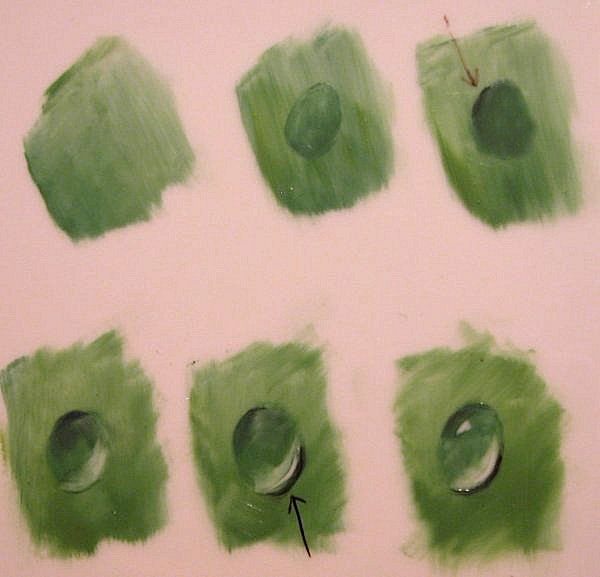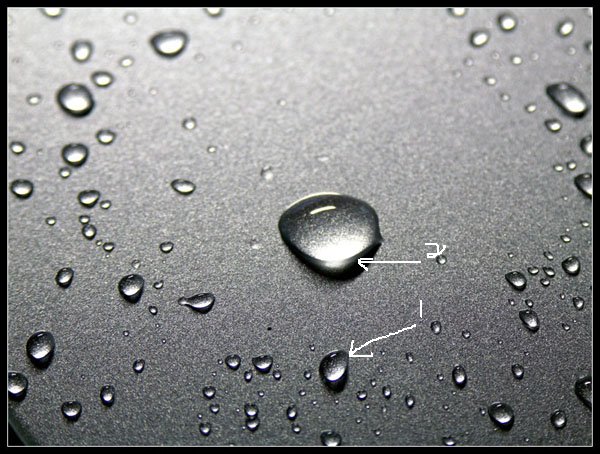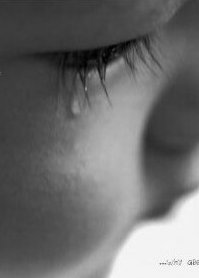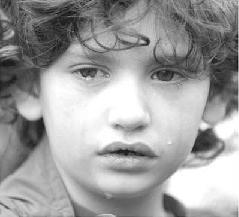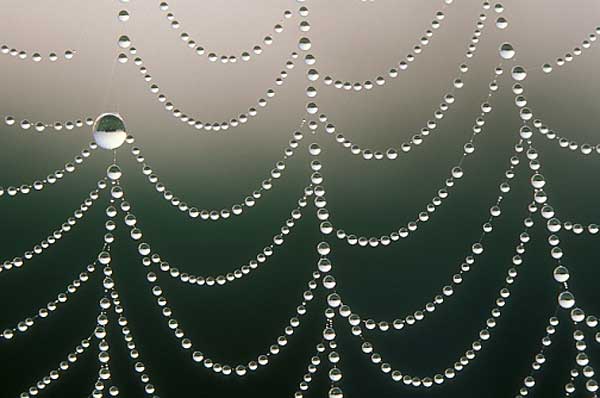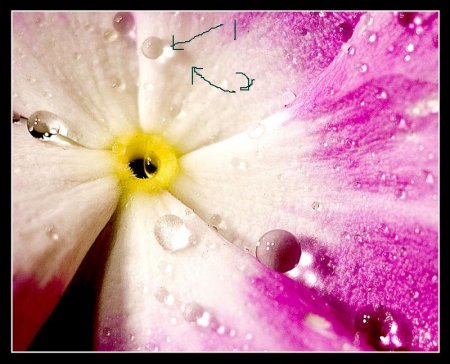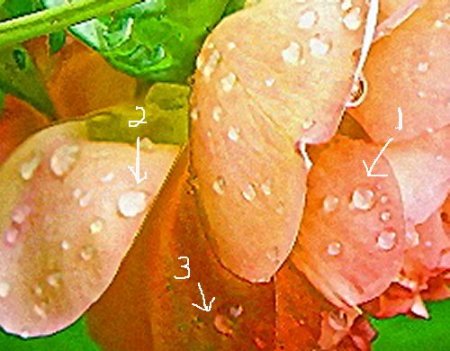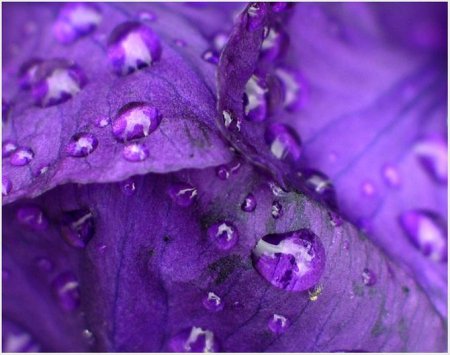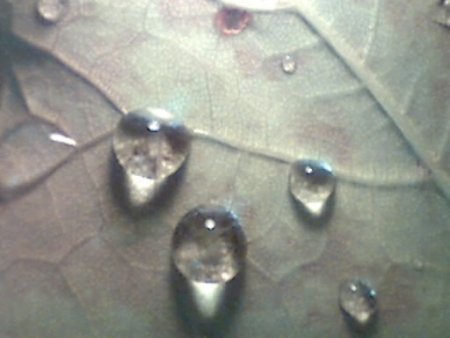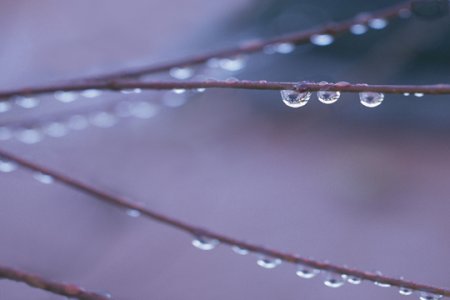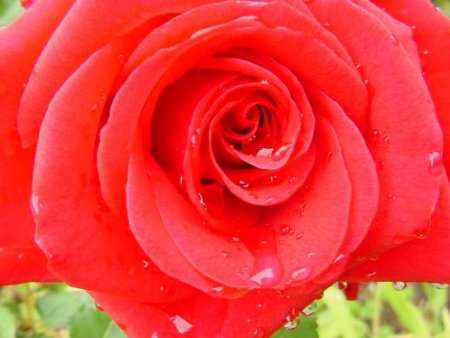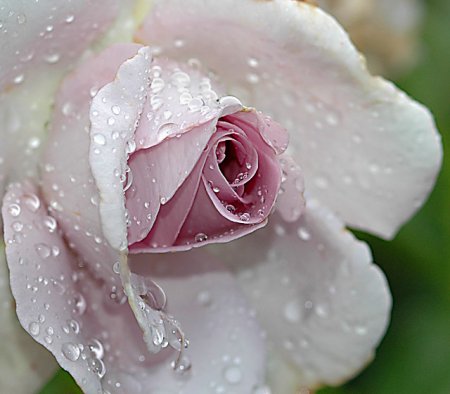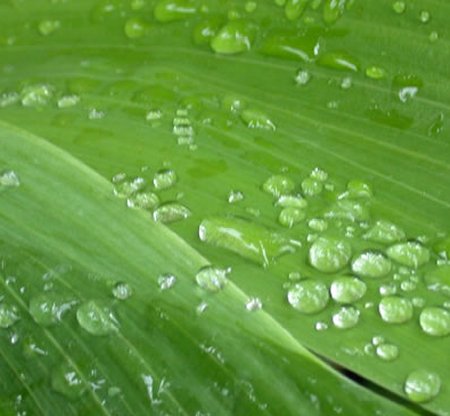| IMMEDIATE LEFT : I love this photo... Dewdrops on a spider web looking like strings of pearls.
Below LEFT : ( pink and white flower )
#1: Again, on this drop as on the one in the black and white photo, you see the way the light shining through the drop casts a bright highlight on the underside of drop where you think a shadow would be. Note the shadow ( # 2) surrounding that light patch .
Below RIGHT : (apricot rose)
This picture shows many different kinds of drops depending on the way the light hits them.
# 1: is again, similar to the painted sample I did ...#2 , however, even though it is on the same rose is comepletely light. The only visible shadow is the cast shadow under the drop and some shadowing on the upper edge... and # 3 is different yet again...It has the light and shadow patterns but since it is in shadow itself, it is darker than the other drops.
All of these things are important to note if you want to paint realistically . |
